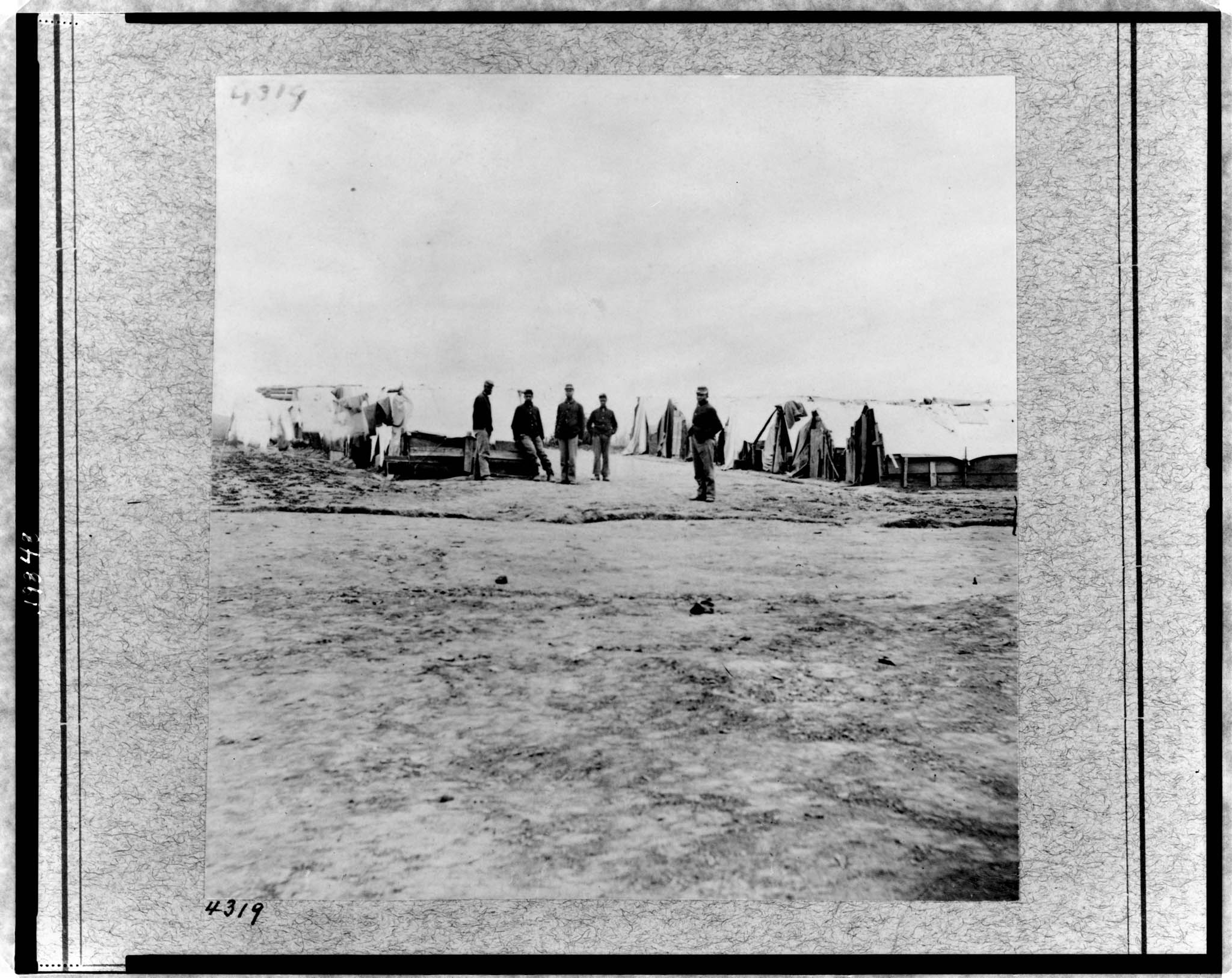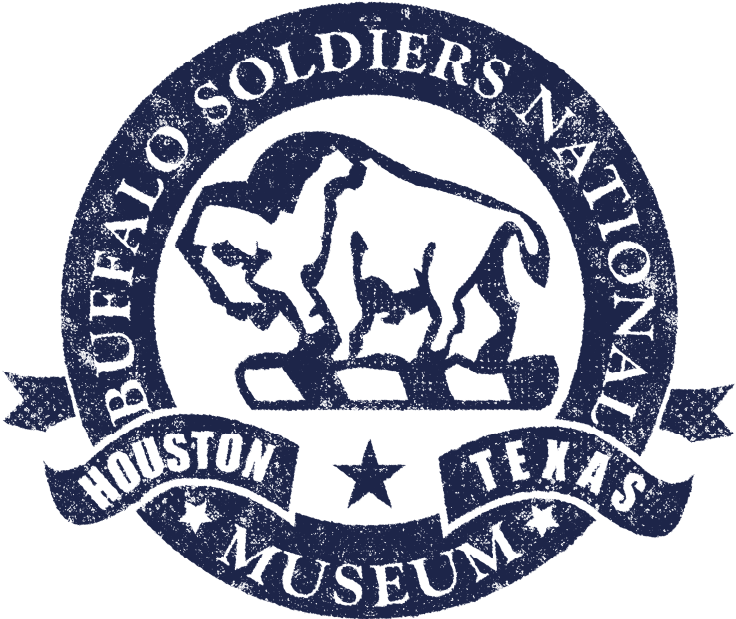The Legacy of the United States Colored Troops
El Legado de las Tropas de Color de Estados Unidos

The Creation of Black State Militia Units
With the end of the Civil War and the demobilization of the U.S.C.T. regiments, Black veterans began to return home. While some veterans would find themselves joining the regular army regiments such as the 9th and 10th Cavalry Regiments or the 38th, 39th, 40th and 41st Infantry Regiments heading westward, others would find themselves either forming or joining local State Militia units that were being created in the South. Many of these Black State militia units would be organized to help continue the enforcement of the Reconstruction Amendments and assist in protecting the newly gained rights of Freedmen after the Union Army regiments would be returned home for demobilization.

Camp of 10th U.S. Colored Infantry | Library of Congress
Due to the fact that many of these newly formed militias excluded anyone who had served with the Confederate military or had ties with the former Confederate Governments, many local Whites were excluded from the ranks and lost any voting rights. They watched as formerly enslaved people marched openly with arms – something that was prohibited in many portions of the South just a few years prior- and believed that the local governments – by then a majority of Radical Republicans in the ranks – were using the militias to push an agenda that would continue to disenfranchise Southern Whites. This led to the formation of White Gun Clubs and similar organizations that were intended to combat both the Black militias and the local government through a combination of intimidation, various forms of bribery, and outright violence.
La Creación de las Unidades de Milicia Estatal Negra
Con el fin de la Guerra Civil y la desmovilización de los regimientos del Tribunal Supremo de los Estados Unidos, los veteranos negros comenzaron a regresar a casa. Mientras que algunos se unieron a los regimientos del ejército regular, como el 9.º y el 10.º Regimiento de Caballería o los 38.º, 39.º, 40.º y 41.º Regimiento de Infantería, rumbo al oeste, otros formaron o se unieron a las unidades locales de la Milicia Estatal que se estaban creando en el Sur. Muchas de estas unidades de la milicia estatal negra se organizaron para continuar la aplicación de las Enmiendas de la Reconstrucción y proteger los derechos recién adquiridos de los libertos después de que los regimientos del Ejército de la Unión regresaran a casa para su desmovilización.

Campamento del 10.º Regimiento de Infantería de Color de EE. UU. | Biblioteca del Congreso
Debido a que muchas de estas milicias recién formadas excluían a cualquiera que hubiera servido en el ejército confederado o tuviera vínculos con los antiguos gobiernos confederados, muchos blancos locales fueron excluidos de las filas y perdieron su derecho al voto. Ellos observaban cómo personas anteriormente esclavizadas marchaban abiertamente con armas —algo prohibido en muchas zonas del Sur apenas unos años antes— y creían que los gobiernos locales —para entonces una mayoría de republicanos radicales en sus filas— utilizaban a las milicias para impulsar una agenda que seguiría privando de sus derechos a los blancos sureños. Esto condujo a la formación de Clubes de Armas Blancas y organizaciones similares destinadas a combatir tanto a las milicias negras como al gobierno local mediante una combinación de intimidación, diversas formas de soborno y violencia directa.
Juneteenth @160

Terms & Conditions
Juneteenth @160





